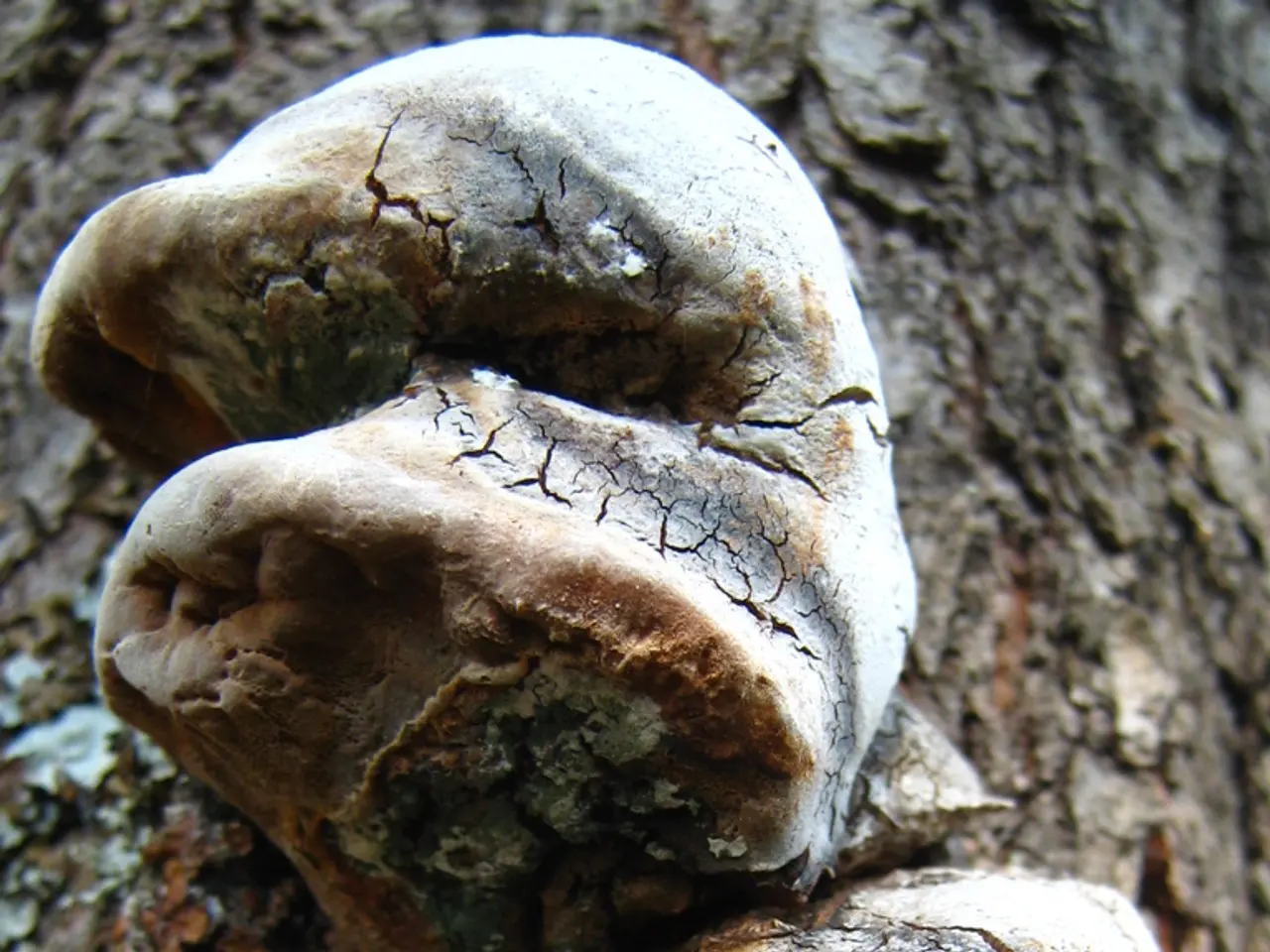Fungal enzyme indicates the direction for molecules
In a groundbreaking study published in the prestigious journal Nature Communications, Rice University scientists have discovered a small fungal enzyme named CtdE that could revolutionize the development and manufacture of drugs. The study, accessible via DOI: 10.1038/s41467-021-24421-0, focuses on the bioactive natural product 21R-citrinadin A, a complex molecule with eight stereocenters, known to be toxic to leukemia in mice and human lung cancer cells.
The research, led by chemical and biomolecular engineers from Rice University, reveals that CtdE is the natural mechanism that controls the chirality of compounds produced by the native fungal host. This enzyme, when present alongside another known enzyme PhqK, provides a set of two enzymes that give precise control over stereochemistry, a crucial aspect in designing drugs that bind correctly to their targets.
Bioinformatic analysis, X-ray crystallography, and experiments have confirmed that CtdE is solely responsible for catalyzing 3S stereoselectivity, while PhqK catalyzes 3R orientation. This discovery offers a significant advancement in the field, as having a set of two enzymes that give precise control over stereochemistry will eventually improve the synthesis in pharmaceutical production.
One of the most intriguing aspects of CtdE is its ability to catalyze chemical reactions at room temperature, a characteristic that could help keep chemistry "green" by reducing the need for high temperatures and energy consumption. This environmentally friendly approach could lead to more sustainable methods in the production of drugs.
Professor Wilfred A. van der Donk, a molecular biologist involved in the isolation and functional study of the biocatalyst CtdE at Rice University, commented on the findings, stating, "CtdE catalyzes the desired 3S stereoselectivity across the board in chemical transformations, which is a major breakthrough in the field."
Images and related materials for the study are available for download, providing a comprehensive overview of the research and its implications. As the world continues to grapple with the complexities of drug synthesis and the need for greener, more efficient methods, the discovery of CtdE offers a promising solution.
Read also:
- Peptide YY (PYY): Exploring its Role in Appetite Suppression, Intestinal Health, and Cognitive Links
- Toddler Health: Rotavirus Signs, Origins, and Potential Complications
- Digestive issues and heart discomfort: Root causes and associated health conditions
- House Infernos: Deadly Hazards Surpassing the Flames








